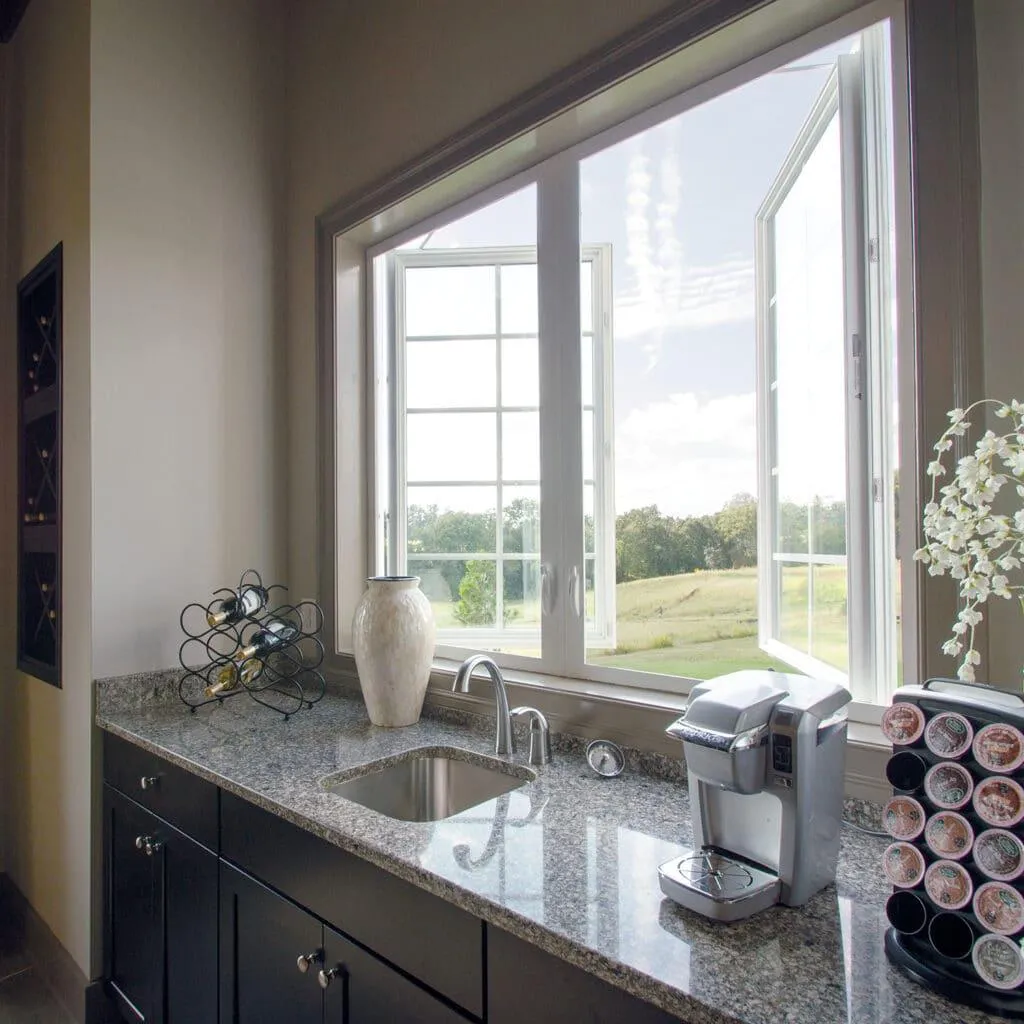
In a time where UK households are feeling the pinch from rising energy prices, improving your home’s energy efficiency is no longer just a consideration—it’s a necessity. Among the various home improvements available, upgrading to energy-efficient windows stands out as one of the most impactful changes you can make. Not only do these windows enhance comfort and reduce your carbon footprint, but they also offer significant long-term savings on energy bills.
Let’s dive into exactly how energy-efficient windows work, what makes them different from traditional glazing, and why they’re a smart financial and environmental investment for your home.
Understanding Energy-Efficient Windows
Energy-efficient windows are designed to reduce the amount of heat lost or gained through your windows. Standard single-glazed windows allow heat to escape easily in winter and permit excess solar gain in summer, which can overburden your heating or cooling systems. In contrast, modern energy-efficient windows incorporate multiple technologies to address these issues:
-
Double or triple glazing: Two or three panes of glass, separated by an insulating gap, reduce heat transfer.
-
Low-E (low-emissivity) coatings: A thin, invisible metal layer reflects heat back into the room.
-
Inert gas filling: Argon or krypton gas between the panes further improves insulation.
-
Warm-edge spacers: These reduce thermal bridging around the edge of the window.
-
Thermally efficient frames: uPVC, composite, or thermally broken aluminium frames prevent drafts and cold spots.
Together, these components help maintain a more consistent indoor temperature while reducing reliance on artificial heating or cooling.
Key Ways Energy-Efficient Windows Lower Energy Bills
1. Minimising Heat Loss in Cold Weather
In colder months, UK homes rely heavily on central heating. Poorly insulated windows can account for up to 25–30% of total heat loss. Energy-efficient windows reduce this loss by trapping heat inside the home. The combination of multiple glazing layers and insulating gas helps create a thermal barrier, allowing your heating system to work more efficiently and for shorter periods of time.
This means your boiler runs less often, reducing energy consumption and cutting your gas or electricity bills.
2. Reducing Overheating in Warmer Weather
Just as these windows retain heat during winter, they can also block unwanted solar heat in summer. Low-E coatings reflect infrared rays from the sun, helping to keep indoor temperatures cool. This can reduce or eliminate the need for air conditioning or electric fans, especially during heatwaves.
In homes with large south-facing windows, this feature is particularly valuable in preventing rooms from turning into greenhouses during warmer months.
3. Eliminating Draughts and Cold Spots
Older windows often have gaps around the frame that allow cold air to seep in and warm air to escape. Energy-efficient windows, especially when installed professionally, include advanced sealing and precision engineering that eliminate draughts. This creates a more even and comfortable indoor climate, reducing the need for supplementary heating in certain rooms.
4. Improving Overall Thermal Efficiency of the Home
Modern windows contribute significantly to a property’s overall energy performance. Homes with poor insulation must work harder to regulate indoor temperature. By installing A-rated or A+ rated energy-efficient windows, homeowners often notice immediate improvements in comfort—and corresponding reductions in energy usage.
This boost in thermal performance also reflects positively on your home’s EPC (Energy Performance Certificate) rating, which can be a deciding factor for potential buyers or renters.
Real Savings: What Can You Expect?
The amount you save depends on your current window setup, the type of windows you install, and your home’s overall insulation. However, typical savings for upgrading from single glazing to double glazing can range from:
-
£105–£195 per year for a detached home
-
£75–£130 per year for a semi-detached home
-
£45–£85 per year for a mid-terrace home
For homeowners upgrading from older, inefficient double glazing to modern A+ rated units, the savings—while smaller—can still be meaningful. Over a 20–30 year window lifespan, the reduction in energy usage can amount to thousands of pounds saved.
Additional Benefits Beyond Energy Savings
Energy-efficient windows provide more than just lower energy bills. Here are several added advantages:
-
Enhanced Comfort: Fewer cold spots and more stable indoor temperatures year-round.
-
Noise Reduction: Multi-pane construction helps block outside noise for a quieter living environment.
-
Reduced Condensation: Warm-edge spacers and better insulation reduce internal window condensation.
-
Increased Home Value: Energy-efficient upgrades improve your home’s appeal and value on the market.
-
Environmental Impact: Lower energy consumption means fewer CO₂ emissions—good for your wallet and the planet.
Choosing the Right Energy-Efficient Windows
When shopping for new windows, look for certifications and specifications that ensure performance and quality:
-
Window Energy Rating (WER): A+, A, or B ratings are the most efficient under the BFRC scheme.
-
U-Value: The lower the U-value (measured in W/m²K), the better the thermal insulation. Look for U-values below 1.6 for double glazing and under 1.0 for triple glazing.
-
Frame Type: uPVC is the most popular for its affordability and thermal performance, while aluminium and timber also offer strong options with different aesthetics.
If you’re looking for reliable, thermally efficient window solutions designed for the UK climate, uPVC windows are one of the best choices for cost-effective performance and long-term savings.
Final Thoughts
With energy bills showing no signs of dropping significantly in the near future, upgrading to energy-efficient windows is a wise, future-ready investment for homeowners. They not only enhance your home’s comfort and aesthetics but also reduce energy waste and deliver measurable savings on your utility bills.
Whether you’re retrofitting an older property or building a new one, energy-efficient windows are a cornerstone of sustainable living and smart financial planning.